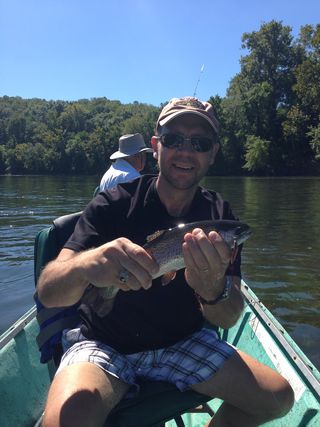The most common obstruction to great marriages,
families, friendships and organizations is the timeless reluctance to be
truthful and honest when truth might cause conflict.
I have seen this both clinically and while
consulting with organizations. For
example, I recently attended a meeting with 15 individuals in the room. There was so much pent up disagreement among
the group, no one wanted to give their opinion on any issue brought to the table. The group was locked-up and completely
paralyzed.
 If you ever experienced a situation like this,
If you ever experienced a situation like this,
you know how frustrating and debilitating this can be for a team. If you’re the manager for such a team, it is
near impossible to defuse such an impasse.
That’s why a recent article in the Harvard
Business Review caught my eye. Rather
than giving advice on how to fix the mess, the authors give recommendations on
avoiding it in the first place.
The article was written by Ron Ashkenas and Lisa
Bodell and offers the following insights around conflict avoidance.
"Most people want to be liked: It’s one of the fundamental
tenets of human behavior.Because of that motivation, many of us have an unconscious
desire to avoid conflict. We prefer to “get along,” “not make waves,” and “act
as a team player.” We all want to be known as a great person to work with.The only problem with this mindset is that creative ideas and
better ways of getting things done often stem from constructive conflict. Organizations need
it to advance. And even in the day-to-day, workplace conflict is still
inevitable because organizations are full of bright, ambitious people with
different points of view, controversial ideas, and disparate values.There’s no way that we can get along with everyone all the time.
Finding the right balance between the need to deal with conflict and the
instinct to avoid it is one of the toughest challenges that most managers
face."
They go on to offer the following tips (one quite humorous)
regarding creating a culture that invites constructive conflict.
Quote The Godfather. In order to
foster more constructive conflict and feedback, remind your team and your
colleagues about Don Corleone’s admonition that ‘it’s not
personal, it’s business.’Doing this will reinforce the notion that we can disagree about
ideas and strategies, but still respect and like each other — something
that is often forgotten in the heat of battle.With this principle in mind, encourage team members to ask probing
questions and challenge assumptions. Eventually asking, ‘Have you thought about
this?’ should feel like a productive conversation, rather than a personal
attack.Create challenge events. Rather than leave it to chance,
schedule time with your team to question norms and change the way things are
done. Make it clear to them that processes are expected to evolve over time
(even the ones you created) and that it’s OK to push back on them.Doing this will create a “safe space” where they can assess
whether routine tasks are worth the
effort, and modify them if necessary. It also allows people who might hesitate
to raise issues by themselves feel more comfortable doing so in a group.Recognize employees who question the status quo. When employees
take the risk of creating a productive disruption, give them positive
reinforcement. If someone pushes back or raises an uncomfortable question in a
meeting, back them up rather than shut them down. If possible, use it as a
teachable moment to encourage others to do the same.Set ground rules for conflict. Since everyone
struggles with conflict to some degree, develop a few standards for how your
team can manage it constructively.For example in one company’s review sessions, participants need
to begin with at least two positive comments before anyone is allowed to throw
in a criticism. Although it feels a little awkward at times, this practice
forces everyone to take a more balanced view of other people’s work, which
reduces the tension and allows for more productive discussions.In another firm, every meeting ends with five minutes of what’s
called a “plus/delta” critique of the meeting – with quick comments about what
was good about it and what should be changed the next time. Again, this more
structured practice makes it easy and acceptable to openly and constructively
criticize.In the short-term, it’s almost always easier to avoid conflict
and come across as being a “nice” manager. But more often than not, being a
little less nice might be the best thing for your people, your organization,
and you."
I could not agree more. What are the thoughts of our
readers?
 Editor's Note: This article was written by Dr. David Mashburn. Dave is a Clinical and Consulting Psychologist, a Partner at Tidemark, Inc. and a regular contributor to WorkPuzzle.
Editor's Note: This article was written by Dr. David Mashburn. Dave is a Clinical and Consulting Psychologist, a Partner at Tidemark, Inc. and a regular contributor to WorkPuzzle.












